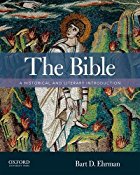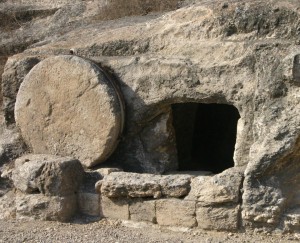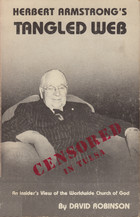 Let me recap my take on “historical method” in the context of historical Jesus studies and the Christ Myth theory. A question about this was raised at an online video session today with Phil Robinson, Richard Carrier, Dave Fitzgerald, Raphael Lataster and me. It was in response to Maurice Casey’s chapter that he titled Historical Method in his recent book. “Regrettably”, Casey manages to avoid telling readers anything at all about historical method but he does tell you a bit about the private lives and shocking political leanings of some dead historians.
Let me recap my take on “historical method” in the context of historical Jesus studies and the Christ Myth theory. A question about this was raised at an online video session today with Phil Robinson, Richard Carrier, Dave Fitzgerald, Raphael Lataster and me. It was in response to Maurice Casey’s chapter that he titled Historical Method in his recent book. “Regrettably”, Casey manages to avoid telling readers anything at all about historical method but he does tell you a bit about the private lives and shocking political leanings of some dead historians.
So here’s my take on it.
A historian needs to establish some fundamental facts about the sources at hand before he or she starts pulling out data from them to make a historical narrative or argument. Let’s take the gospels as one set of sources to be used in investigating the question of Christian origins. What does any historian need to establish about these — or any — sources?
- We need to know when they were written.
- We need to know by whom and why. (“By whom” means more than the name of the person: it refers to where the person is from, to what social or political entity he or she belongs — “Who is this person?” — that is more important than a mere name.)
- We need to know what they are, what sorts of documents they are. Their genre, if you like. This will include knowledge of how they compare with other literature of their day.
- We need to know something about their reception at the time they were written and soon after.
- We need to know something about the world in which they were written — both the political and social history of that world and the wider literary and philosophical cultural world to which they belonged.
- We need to know a little how the documents came into our possession. Through what authorities or channels were they preserved and what sort of manuscript trail did they leave.
That’s the first step. We can very broadly classify all of this knowledge as the provenance of the documents.
If we draw blanks on any of these questions then we need always to keep those blanks in the foremost of our minds whenever we read and interpret the gospels. Those blanks will help remind us of the provisional nature of anything we draw from the gospels.
So for the first point above, the date of the gospels, we can do no better than accept a range of year in which they were written. A combination of internal evidence and the evidence that they were known by others leads us (well, me at least) to a period between 70 CE and the mid second century (possibly known to Justin, certainly to Irenaeus).
Those who argue for a date prior to 70 CE fail to take into account the apocalyptic character of the gospels. Apocalyptic literature (e.g. Daniel) is known to be about events in the recent memory of the readers. The pre-70 date also fails to take account of the internal evidence for an audience facing persecution, including persecution from Jews. There is no confirmable evidence for such persecutions of Christians until post 70 CE. If some dispute this and argue for a much earlier date then I’m happy to address those arguments, too; I would be willing to change my view if they proved to be plausible and if the scare Caligula gave with his threat to install a statue in the Temple was the best explanation for other features in the Synoptics.
The question of who wrote the documents is of primary importance. Just saying the author was a Christian is way too broad and tells us nothing except the obvious. It’s no more useful than saying a work of history was written by a Greek historian. So what? We need to know what sort of Christian, where, when and why — whom was he writing for? why? Since we know none of these things — speculations and educated guesses change with the tides of fashion — we are at an enormous disadvantage in knowing how to interpret or understand the gospels.
Is what we read a composite document composed over several editorial hands? That, too, is a most important question to answer. Again we are at a real disadvantage here.
The above gaps in our knowledge of the gospels ought to pull up every historian short and make them wonder if it is worth even continuing to work with these documents. Certainly any historian worth his or her salt will always be tentative about any conclusions and data taken from them.
The second step. Continue reading “Historical Method and the Question of Christian Origins”








